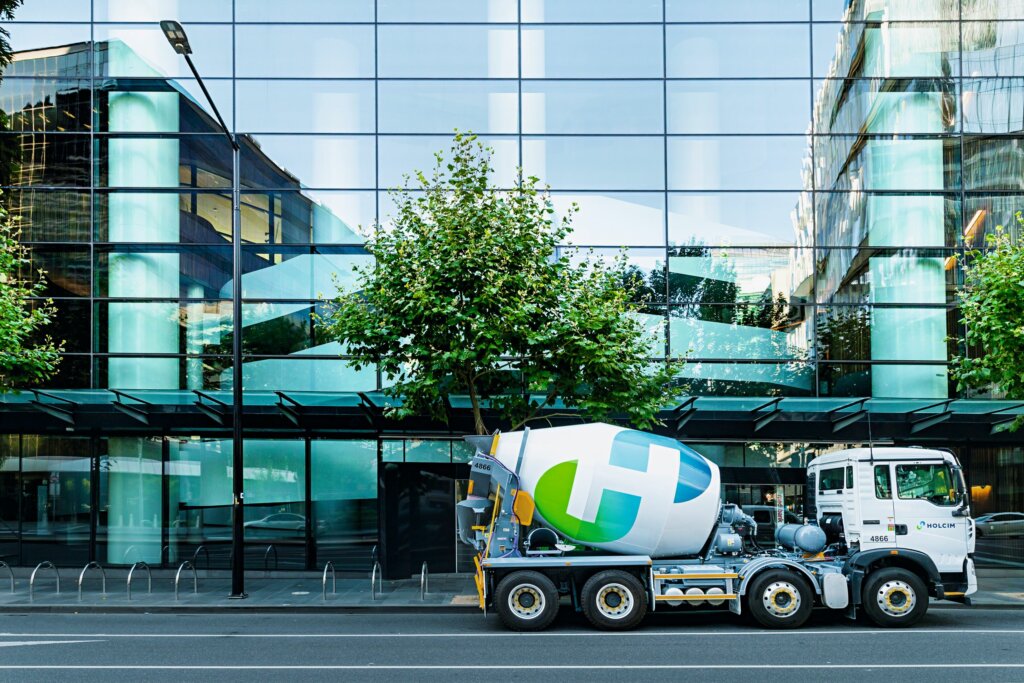Optimizing logistics costs through digital freight procurement: an award-winning success story from Holcim & SHIPSTA
The massive fluctuations in the freight industry over the last three years have been unprecedented. As well as the effects of COVID, port congestions, supply chain bottlenecks, energy cost rises, and geopolitical instabilities that exhibit no signs of ending.
Freight procurement in this environment has become massively complex for shippers. As the number of business units, countries, products, suppliers, and customers increases, many discover that supply chain complexity is not linear (in line with business growth), but increases exponentially.
Growth in complexity tends to lead to higher costs – it takes time and effort for procurement teams to search for the best prices from standalone data sources, and manual processes are not only less efficient, but can also lead to cost sinks.
Many companies still rely on manual workflows or generic platforms, which are not suited to address transportation complexity. Traditional tendering processes comprise email, Excel sheets, calls or texts to suppliers, or, more often, a combination of all the above. But by using technology, enterprises can move away from manual workload and reduce logistics costs.
The success story below reveals how digital freight procurement can empower logistics teams, while also receiving global recognition for bringing a unique value to the industry.
SHIPSTA and Holcim were joint winners in the Best Procurement Technology Provider category at the 2022 World Procurement Awards. “Thanks to SHIPSTA, we have significantly increased our cost competitiveness on the tendered freight volume. We are managing our freight procurement more efficiently and our country teams are enabled to operate more strategically,” said Alexander Scheld, Global Head of Logistics at Holcim.
Tight margins at scale
Holcim Group, a Swiss multinational company manufacturing building materials, supplies low-cost-per-tonne materials for construction on a large scale and procures transportation to serve its multilingual customers in over 50 countries.

Credit: Holcim
To handle its high volume of shipments, the company used to contract thousands of trucking providers on a spot or contract basis, executing tenders manually. Each regional market worked with its own supplier base, with the effect that the country-based teams had to manually compile data to get oversight of its logistics procurement.
Manual processes in multiple geographies inevitably create high costs. Plus, for the head office, it was difficult to formulate a longer-term strategy across the group without having reliable rate transparency. The answer to Holcim’s situation was a technology that centralized freight operations, bringing logistics suppliers & procurement decision-makers together under one “digital” roof to drive a cost-effective strategy.
Global (and regional) execution power
The digital freight tendering platform from SHIPSTA allowed Holcim to easily execute tenders and analyse quotes from all suppliers at a glance, gaining actionable insights and higher supply chain visibility.
Decision-makers at Holcim could choose the best carriers while addressing the specific requirements of each geographical market. “We wanted everything in one place to enable seamless integration between the supplier’s quote and our ability to evaluate it,” said Alexander Scheld, Global Head of Logistics at Holcim.
Holcim took the wise decision to transform its freight procurement country by country, ensuring the digital procurement solution was rolling out successfully across all markets and business units.
As the project proceeded, instead of manually gathering quotes from calls, emails, and messages, every freight forwarder simply responded through SHIPSTA. Hundreds of carriers were smoothly onboarded to the platform and could respond automatically to requests-for-quotation (RfQs) when they were willing (and capable) of fulfilling the criteria.
This simplified the process for Holcim as a single point of oversight visible by decision-makers in each geography. In addition to securing better prices, Holcim’s country teams now save hundreds of hours, moving from days to minutes to create complex RfQs, and gain higher execution power by procuring faster and data-driven.
Despite operating in multiple markets, currencies, and languages, SHIPSTA’s platform integrates Holcim’s full logistics portfolio globally. It provides a central dashboard from which decision-makers can see market trends, execute quickly on the best prices and ensure competitive costs. With near real-time figures at their fingertips, Holcim’s procurement teams can plan more accurately and call decisions with a high degree of accuracy.
SHIPSTA’s investment in UX & UI design makes it user-friendly also for suppliers to sign up quickly. The platform enabled Holcim to easily invite all its suppliers and run tenders in just a few minutes.
Read more on SHIPSTA’s website to find out how the digitalization of freight procurement can bring significant advantages to any industry or enterprise and request a demo to find out how it could improve your supply chain logistics today.










